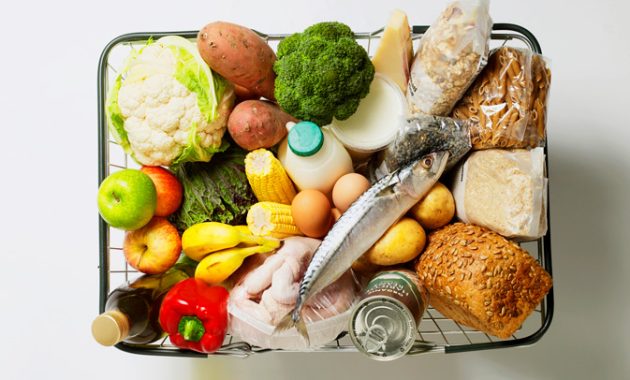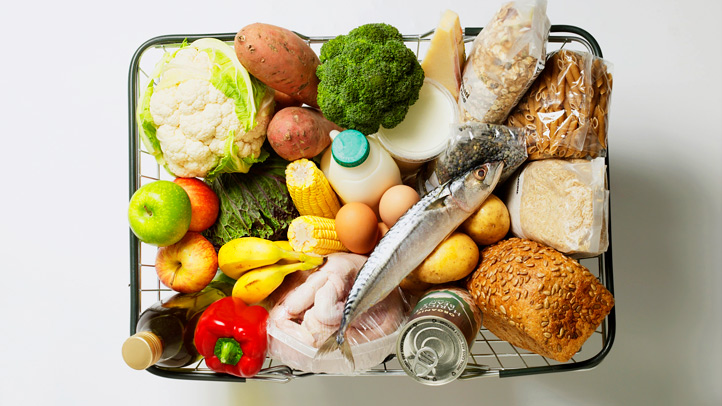
How to End Diabetes Crashes With These Smart Eating Hacks
For those living with diabetes, the daily dance of managing blood sugar levels is a delicate one. Avoiding the dreaded “diabetes crash” – a sudden and often debilitating drop in blood glucose – is a constant concern. These crashes can lead to a host of unpleasant symptoms, from dizziness and confusion to more serious complications. Fortunately, with the right dietary strategies, you can significantly reduce the risk of experiencing these crashes. This article dives deep into smart eating hacks designed to help you maintain stable blood sugar and effectively manage your diabetes. The focus is on empowering you with practical knowledge to take control of your health.
Understanding Diabetes Crashes
Before exploring solutions, it’s crucial to understand what causes diabetes crashes. These episodes, clinically known as hypoglycemia, typically occur when blood glucose levels fall below 70 mg/dL. Several factors can contribute to this, including:
- Skipping meals: Failing to eat regularly can lead to a drop in blood sugar.
- Taking too much insulin or diabetes medication: Incorrect dosages can cause blood sugar to plummet.
- Excessive exercise: Physical activity can increase insulin sensitivity and lower blood sugar.
- Drinking alcohol on an empty stomach: Alcohol can interfere with the liver’s ability to release glucose.
Recognizing the symptoms is vital. Common signs include shakiness, sweating, dizziness, confusion, and even loss of consciousness. Prompt treatment is necessary to prevent severe consequences. The good news is that these crashes are often preventable with careful planning and dietary adjustments. These smart eating hacks are your first line of defense.
The Power of Consistent Meal Timing
One of the most effective strategies for preventing diabetes crashes is maintaining a consistent meal schedule. Your body thrives on routine. Eating meals and snacks at the same times each day helps regulate blood sugar levels. Aim to eat every 3-4 hours to prevent blood sugar from dropping too low. This consistency helps your body anticipate food intake and manage insulin more effectively. This is a key element in ending diabetes crashes.
Consider setting alarms or using a meal-tracking app to stay on schedule. Planning your meals in advance can also make it easier to stick to your routine, especially during busy days. This proactive approach can significantly reduce the likelihood of unexpected blood sugar drops. Remember, consistency is key to ending diabetes crashes.
Prioritizing Fiber-Rich Foods
Fiber is a carbohydrate that the body cannot digest. It plays a crucial role in blood sugar management. Fiber slows down the absorption of glucose from food, preventing rapid spikes and subsequent crashes. Incorporate plenty of fiber-rich foods into your diet. These include:
- Vegetables: Broccoli, spinach, kale, and Brussels sprouts.
- Fruits: Berries, apples, and pears.
- Legumes: Beans, lentils, and peas.
- Whole grains: Oats, quinoa, and brown rice.
Aim to include a source of fiber with every meal and snack. This will help stabilize blood sugar levels throughout the day. Choosing whole grains over refined grains is particularly important. Refined grains lack the fiber needed for slow glucose release. This simple dietary adjustment is a powerful tool for ending diabetes crashes.
Choosing Carbohydrates Wisely
Not all carbohydrates are created equal. The type of carbohydrate you consume significantly impacts blood sugar levels. Focus on complex carbohydrates over simple sugars. Complex carbs are digested more slowly, leading to a gradual rise in blood sugar. Simple sugars, found in sugary drinks and processed foods, are quickly absorbed. They can cause rapid spikes and crashes.
Opt for whole grains, fruits, vegetables, and legumes. Limit your intake of sugary drinks, pastries, and processed foods. When you do consume carbohydrates, pair them with protein and healthy fats. This combination slows down the absorption of glucose. This strategy helps in ending diabetes crashes effectively. Carefully selecting your carbs is a vital part of managing diabetes.
The Role of Protein and Healthy Fats
Protein and healthy fats are essential components of a diabetes-friendly diet. They do not directly raise blood sugar levels. They play a crucial role in stabilizing blood sugar. Protein and fats slow down the digestion and absorption of carbohydrates. This helps prevent sharp spikes and dips in blood glucose.
Include a source of protein with every meal and snack. Good sources include lean meats, poultry, fish, eggs, and plant-based proteins like tofu and beans. Choose healthy fats from sources such as avocados, nuts, seeds, and olive oil. These nutrients not only help manage blood sugar but also contribute to overall health. These are important tools for ending diabetes crashes.
Snack Smart: The Ultimate Guide
Snacking can be a vital part of managing diabetes and preventing crashes. Choose snacks that combine protein, fiber, and healthy fats. This combination provides sustained energy and helps keep blood sugar levels stable. Avoid snacks that are high in simple sugars or refined carbohydrates.
Here are some smart snack ideas:
- A handful of nuts and a small apple
- Greek yogurt with berries
- A hard-boiled egg and a few whole-wheat crackers
- Vegetables with hummus
- A small portion of cottage cheese
Plan your snacks in advance and keep them readily available. This will help you avoid impulsive choices. These snacks are designed to prevent diabetes crashes.
Hydration: The Unsung Hero
Staying hydrated is crucial for overall health, including blood sugar management. Dehydration can lead to increased blood sugar levels. It can also worsen the symptoms of a diabetes crash. Drink plenty of water throughout the day. Aim for at least eight glasses of water. Avoid sugary drinks like soda and juice. These drinks can cause rapid spikes in blood sugar.
Carry a water bottle with you and sip on it regularly. This habit will ensure you stay hydrated. It also helps prevent dehydration. It is another simple step to ending diabetes crashes.
Monitoring and Adjusting
Regular blood sugar monitoring is essential for effectively managing diabetes. Use a glucose meter to check your blood sugar levels at different times of the day. This will help you identify patterns and understand how different foods and activities affect your blood sugar.
Keep a log of your blood sugar readings, meals, and activities. This log can help you identify potential triggers for crashes. Share this information with your healthcare provider. They can help you adjust your medication or diet plan as needed. This personalized approach is key to ending diabetes crashes.
The Importance of Exercise
Regular physical activity can significantly improve insulin sensitivity. This means your body uses insulin more effectively. Exercise helps lower blood sugar levels. It also reduces your risk of diabetes crashes. Aim for at least 150 minutes of moderate-intensity exercise per week.
Choose activities you enjoy, such as walking, swimming, or cycling. Check your blood sugar before, during, and after exercise. This will help you understand how your body responds to physical activity. Be sure to have a snack on hand. This is a great way to avoid diabetes crashes.
Consulting with Healthcare Professionals
Managing diabetes is a collaborative effort. Work closely with your healthcare team, including a doctor, a registered dietitian, and a certified diabetes educator. They can provide personalized guidance and support. They can also help you create a meal plan. This plan is tailored to your individual needs and goals.
Do not hesitate to ask questions and seek clarification. They are there to help you manage your diabetes effectively. This helps prevent diabetes crashes. Regular check-ups and open communication are crucial.
Putting It All Together
Managing diabetes effectively requires a proactive and informed approach. These smart eating hacks offer a practical roadmap for preventing diabetes crashes. By prioritizing consistent meal timing, fiber-rich foods, wise carbohydrate choices, protein, and healthy fats, you can maintain stable blood sugar levels. Remember to snack smart, stay hydrated, and monitor your blood sugar regularly. Combine these dietary strategies with regular exercise and consistent communication with your healthcare team. You can take control of your health and live a fulfilling life. This is how you end diabetes crashes.
Implementing these strategies is the best way to end diabetes crashes. It’s about making informed choices. It’s about taking charge of your health. It’s about living well with diabetes.
[See also: Related Article Titles]

